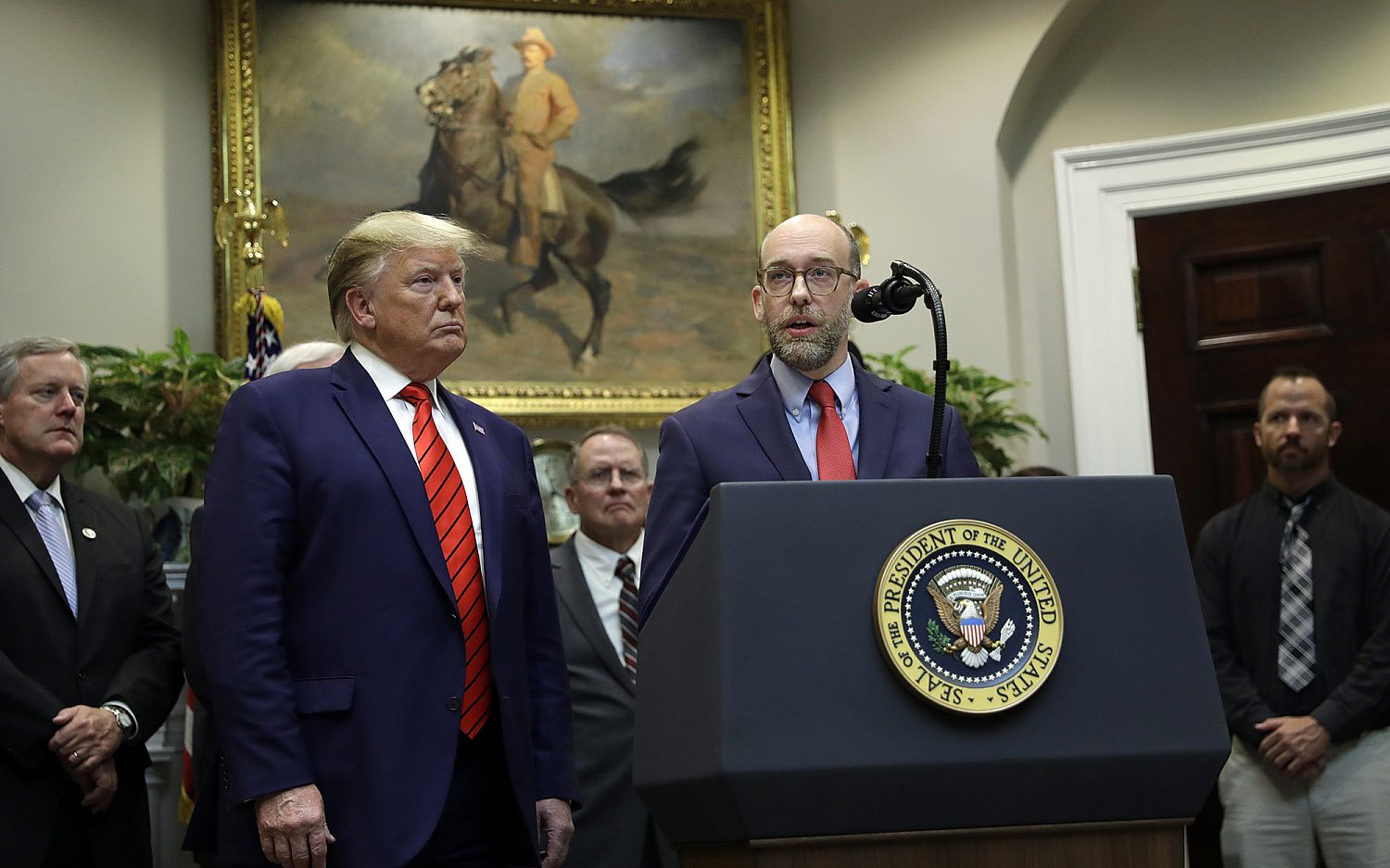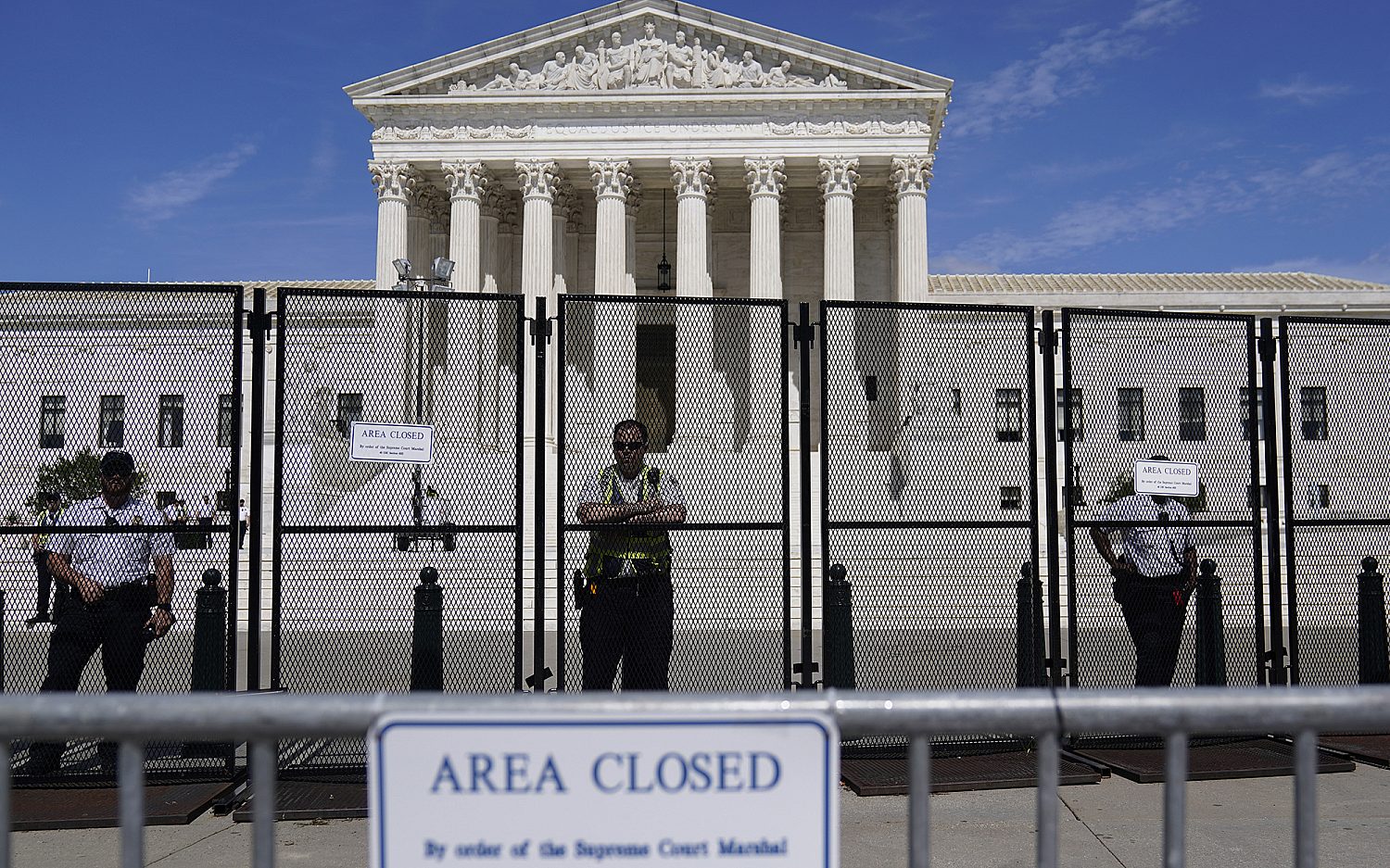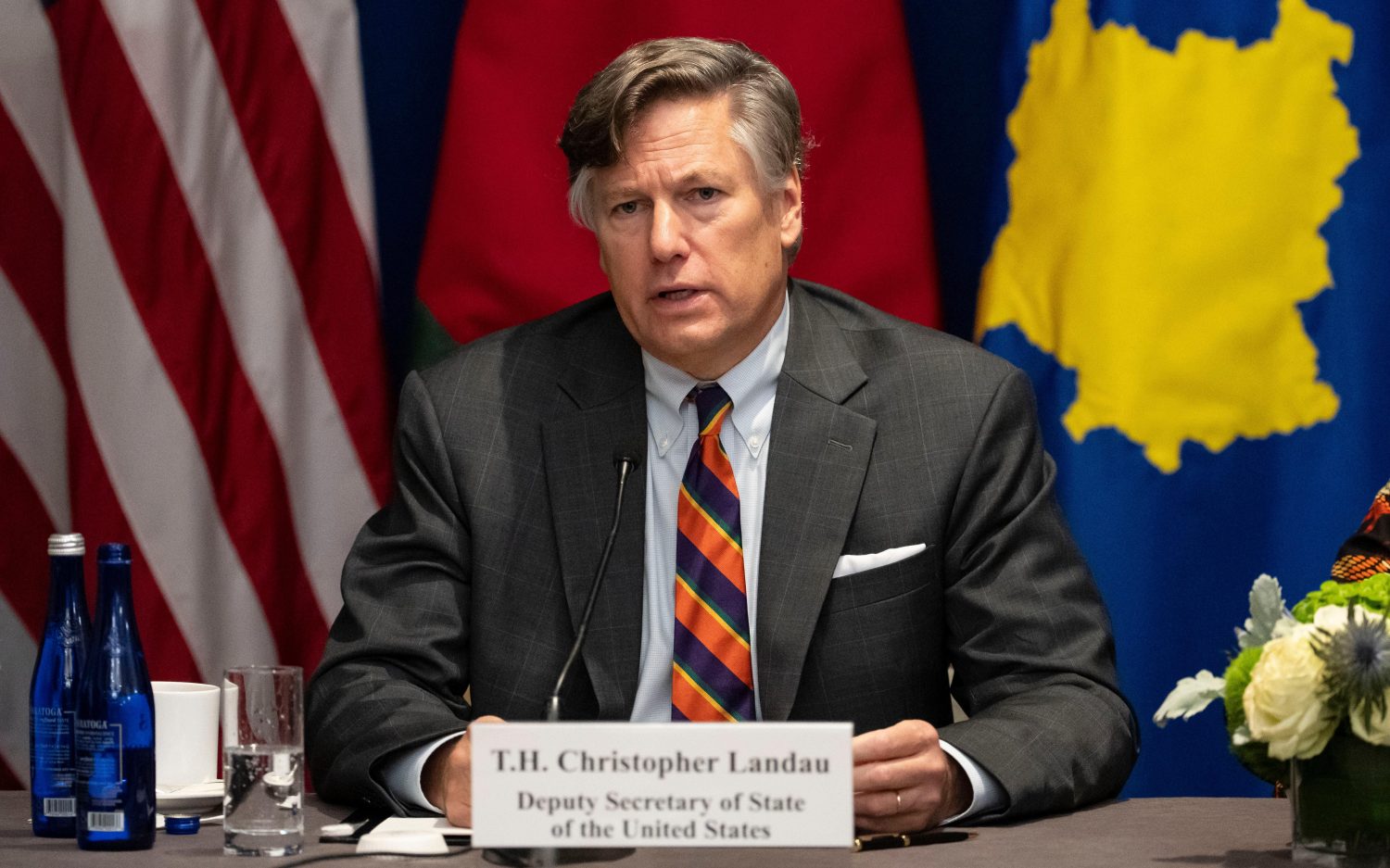Strategy shift
The U.S.
WASHINGTON-When the administration changed hands in January and President Obama dismissed President Bush's Global AIDS coordinator Mark Dybul, development groups receiving federal grants worried about the direction in which the U.S. government's budding fight against AIDS was headed.
Development workers on the ground were concerned specifically that the administration would start funneling money through local governments. In a new strategy released Monday, that appears to be exactly what the Obama administration intends to do.
The President's Emergency Plan for AIDS Relief (PEPFAR), a multi-billion dollar program that focuses on the AIDS epidemic mainly in African countries, generally works through grassroots nongovernmental organizations and local entities like churches. Under the new strategy, PEPFAR will "build government and local capacity to plan, oversee, and manage programs, deliver services, and coordinate assistance from multiple donors."
While local governments would oversee programs, the United States would still provide hefty funding.
Esther Gwan, HIV/AIDS director for World Relief, who has worked on PEPFAR programs in the past, told me back in February that she feared PEPFAR money would go directly to governments: "It would go through a lot of layers of overhead cost, and the beneficiaries would have nothing, let alone the most vulnerable." (See "Unexpected change," Feb. 28, 2009.)
The new head of PEPFAR as of last spring, Eric Goosby, told The Washington Post that programs are in a "fragile period," adding "We need to transition them into being more embedded in the countries' infrastructure and for the countries to have true ownership of them." He also acknowledged that few governments are ready to manage the programs "completely." Goosby plans to provide $120 million from PEPFAR as a one-time investment to the South African government.
Twelve of the 15 countries receiving PEPFAR funds are in sub-Saharan Africa, and in many cases have governments that are either corrupt or inefficient. The new strategy says the shift in responsibility to local governments will take place "as appropriate," depending on "country context."
PEPFAR, which has a $6 billion budget this year, is one arm of a $48 billion effort over the next five years to fight diseases like AIDS, malaria, and tuberculosis. As of the end of September, PEPFAR has treated more than 2.4 million people through antiretroviral drugs. Prior to PEPFAR, only 50,000 people were receiving antiretroviral treatment for AIDS.
An actual newsletter worth subscribing to instead of just a collection of links. —Adam
Sign up to receive The Sift email newsletter each weekday morning for the latest headlines from WORLD’s breaking news team.





Please wait while we load the latest comments...
Comments
Please register, subscribe, or log in to comment on this article.